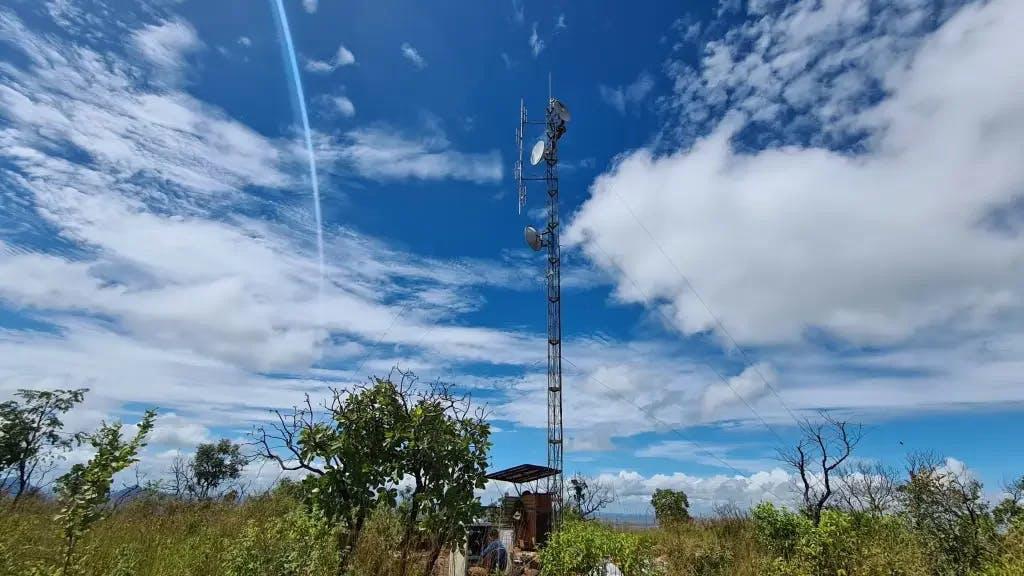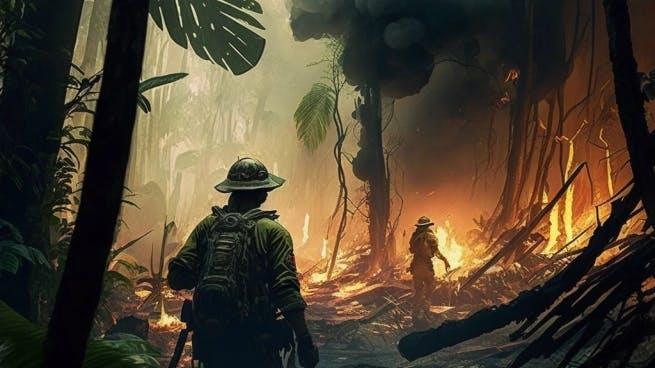João Labres: Unraveling the mysteries of fire with umgrauemeio
João Labres - Especialista em Incêndios Florestais
08/03/2024

At umgrauemeio, innovation and environmental safety form the core of our mission, especially in wildfire prevention and management. We harness cutting-edge technology and smart solutions to not just detect fires early but also to deeply understand fire behavior, enabling us to develop optimal firefighting and prevention strategies.
Recently, we had the chance to speak with João Labres, a wildfire expert on our team, whose background and research in Forest Engineering at the Federal University of Paraná provide us with invaluable insights. João is at the helm of developing our risk map module and fire spread simulation, ensuring our technologies align with academic research and empirical validations.
What does studying fire behavior really entail?
Analyzing fire behavior involves examining how fires start, spread, and their intensity. This includes understanding fire characteristics, such as spread rate, and identifying key variables that influence these processes, like fuel type, terrain conditions, and meteorological elements.
How can fire risk analysis aid in prevention?
Risk analysis is a crucial methodology for predicting fire risks in specific areas, pinpointing regions more susceptible to damage. This is achieved through the collection and analysis of historical data, terrain features, and area-specific information, allowing for the implementation of targeted preventive measures.
What are the key variables affecting fire risk?
João Labres emphasizes that meteorological variables, such as temperature, relative humidity, and wind speed, are crucial. He points to the "30 30 30" rule as a high-risk indicator: temperatures above 30°C, humidity below 30%, and winds exceeding 30 km/h.
Why do wildfires occur, and what's the impact of human action?
Wildfires are part of the ecosystem, but human activity has increased their frequency and intensity. Fire is an essential ecological agent for the regeneration of many biomes, but anthropogenic interference can have devastating consequences for the environment.
What elements are necessary for fire propagation?
Three elements are necessary: a heat source, combustible material, and oxygen. The combination of these elements, especially under conducive environmental conditions, can initiate a fire. Factors like the uniformity of combustible material and weather conditions will determine the fire's speed and direction of spread.
How can we effectively prevent and manage fires?
Understanding the interaction between environmental variables and fire is crucial. This enables the adoption of preventive measures, such as creating firebreaks and forming fire brigades. Technology, including real-time monitoring and predictive modeling, is key to combating active fires, a foundational approach on the Pantera platform by umgrauemeio.
Conclusion: umgrauemeio at the Forefront of Fire Management
Our conversation with João Labres not only sheds light on the technical aspects of wildfires but also underscores our commitment to innovation and the application of research-based and empirically validated solutions. We are dedicated to protecting forests and the communities that depend on them, using expert knowledge and technological development to lead the way in prevention, detection, and management of fires.














